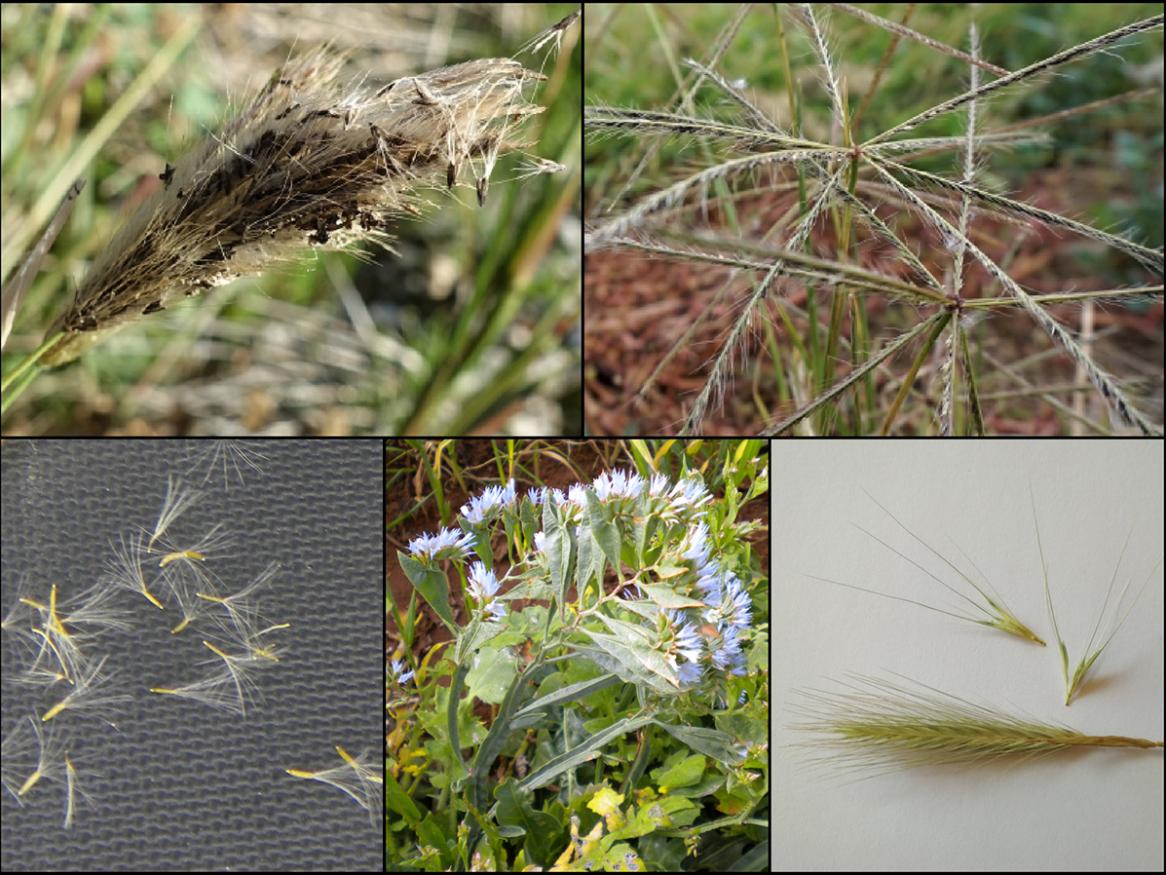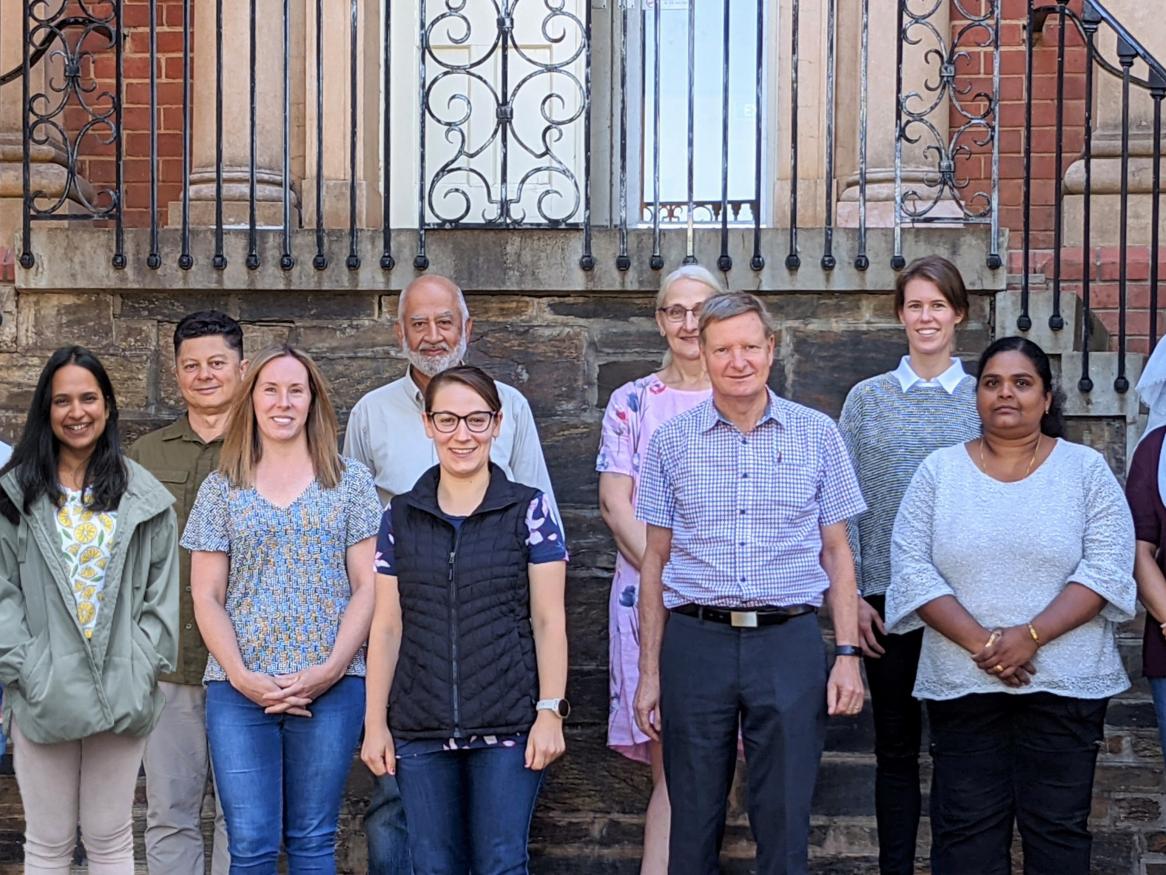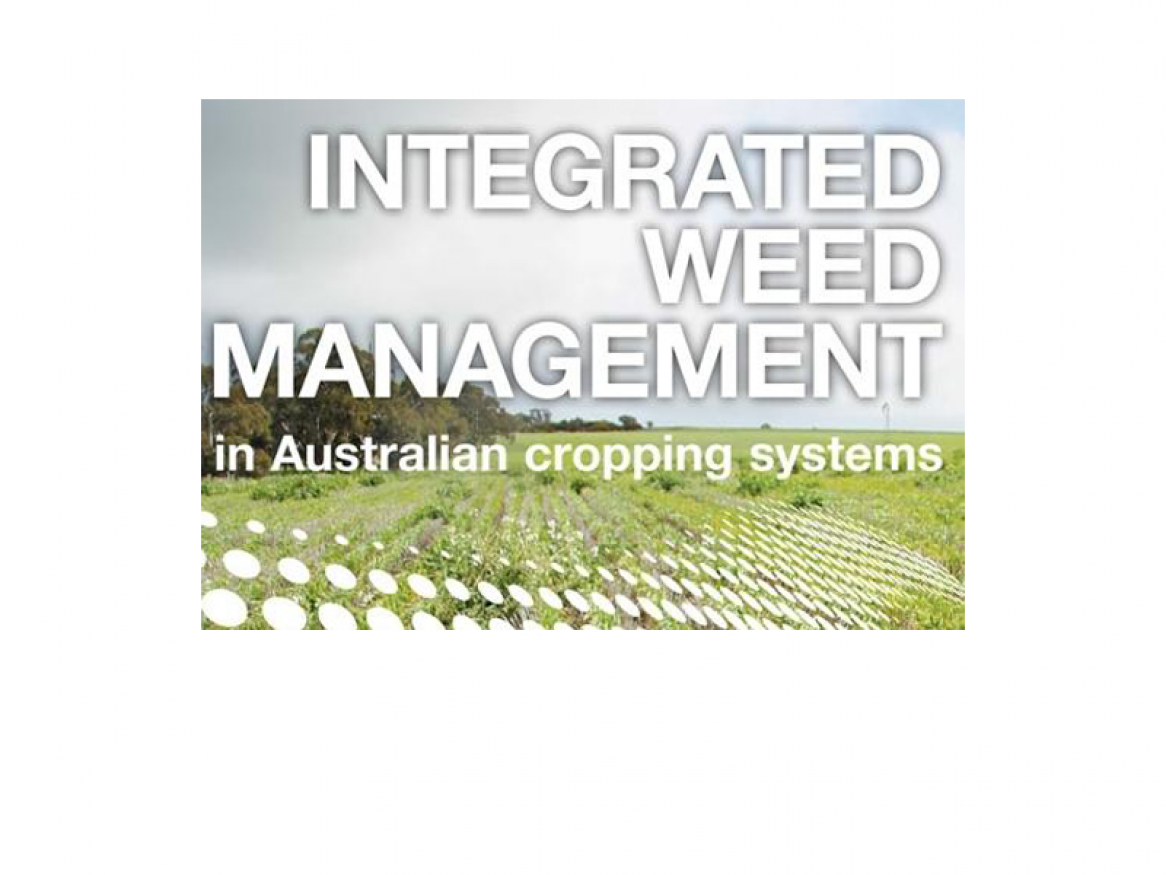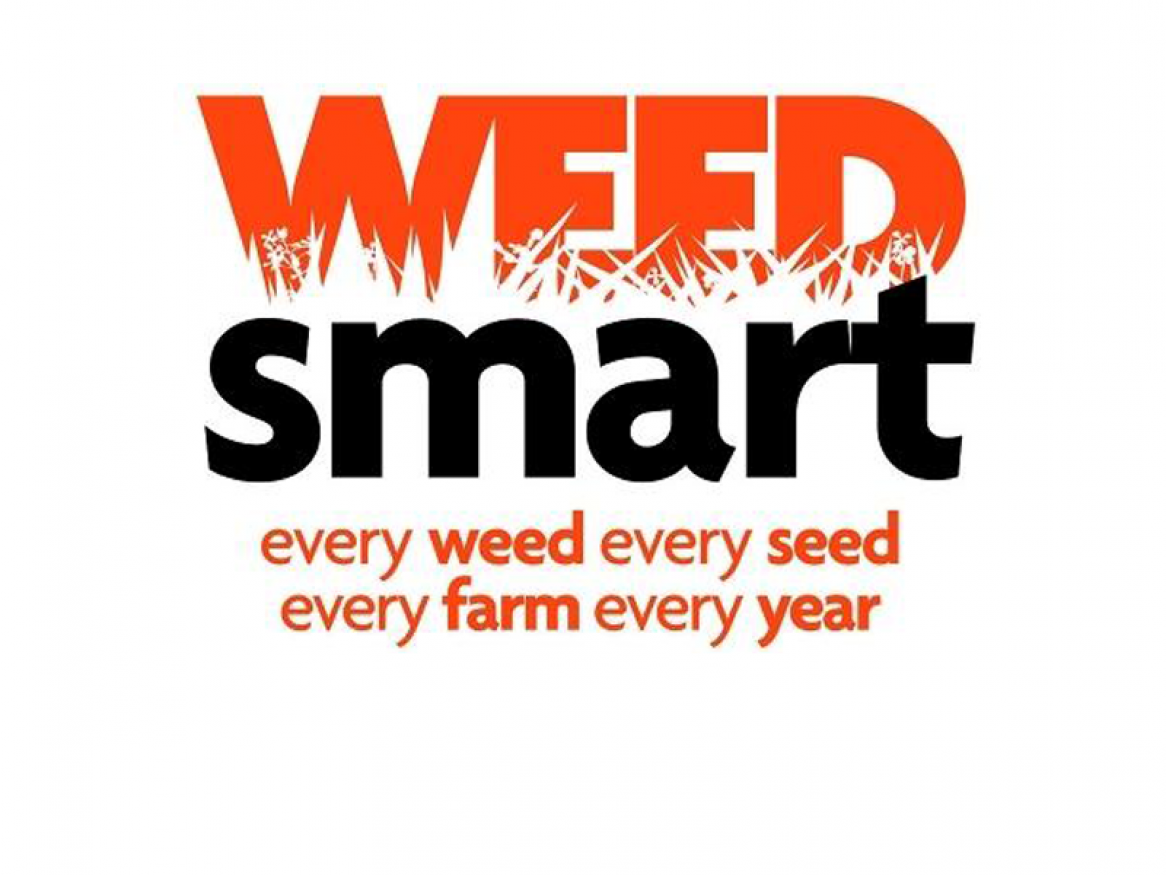Weed Science Research Group
The Weed Science Research Group conducts research in integrated weed management, herbicide resistance, weed ecology and crop-weed interactions in Australian agricultural systems.
Research projects
Our research projects focus on agricultural weeds of concern to growers in Australian broad-acre farming systems. Our projects adapt and evolve according to our latest findings and the needs of the agricultural community.
-
Crop competition for weed management and maintenance of crop yield.
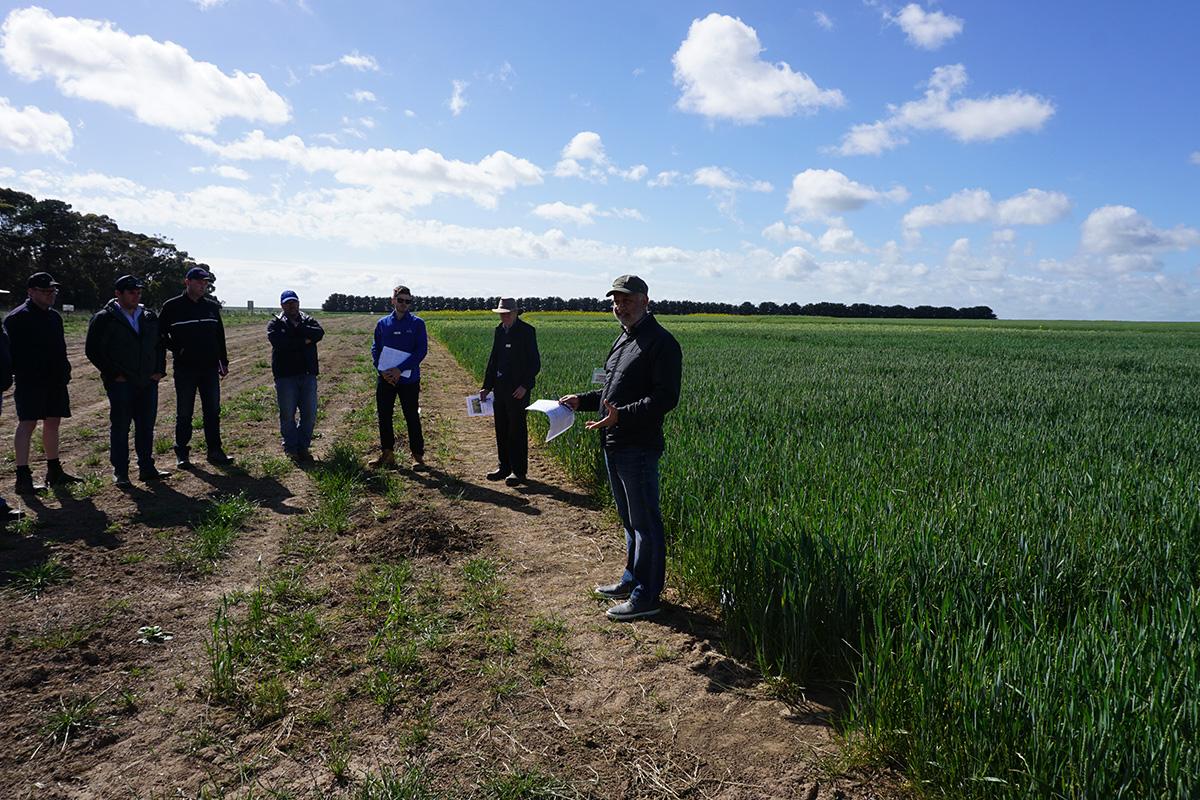
We investigate the integration of cultural weed control tactics with herbicides to improve crop competitiveness against weeds across different rainfall zones in the southern and western grain growing regions.
Our research will help determine the stability of the performance of different weed control tactics against ryegrass, brome grass and wild radish across the different rainfall zones and regions.
This GRDC-funded project is undertaken collaboratively with farming systems groups in the southern and western regions, enabling rapid transfer of project outputs to growers and advisers.
Project goals
- Quantify the effect of combinations of crop competition factors on weed seed-set and crop yield; and
- Refine strategies and improve crop competitiveness across different rainfall environments in the southern and western regions of Australia.
Crop species in focus
- Southern region: wheat, barley, canola and faba bean.
- Western region: wheat, canola and narrow leaf lupins.
Weed species in focus
- Ryegrass
- Brome grass
- Wild radish
Researchers
- Associate Professor Gurjeet Gill - project leader
- Ben Fleet
- Professor Christopher Preston
Key collaborators
This project is led by the University of Adelaide and involves:
- University of Western Australia / Australian Herbicide Resistance Initiative
- Southern Farming Systems
- Birchip Cropping Group
- Mackillop Farm Management Group
- Hart Field Site Group
Funding: Grains Research & Development Corporation (GRDC)
-
Developing strategies to mitigate and manage resistance to key herbicides
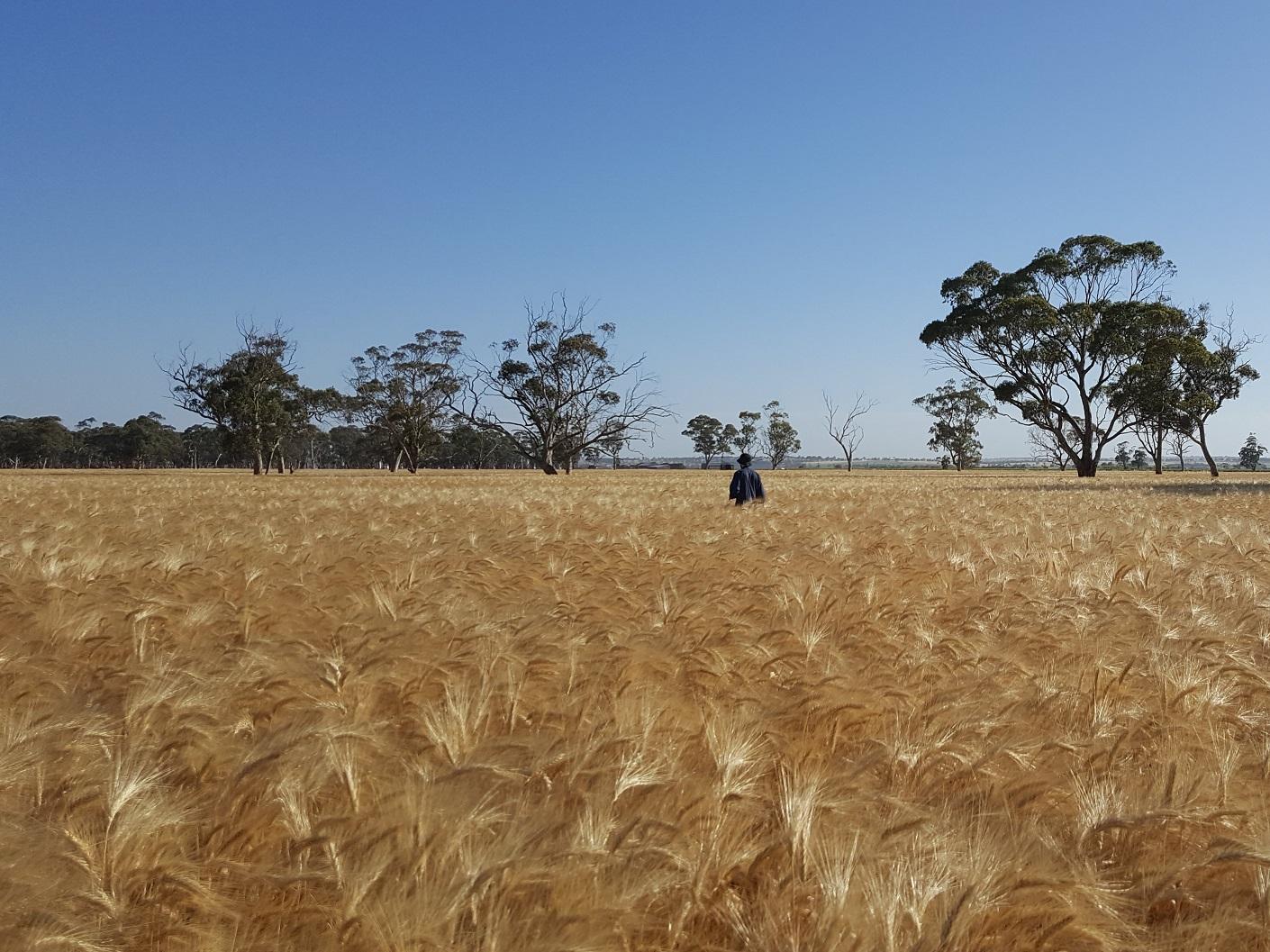
Project Goals
The overarching objective of this project is to provide new knowledge on the mechanisms and inheritance of herbicide resistance in key grain cropping weeds. Regionally effective strategies to manage and mitigate new herbicide resistance issues will then be developed and tested in the field.
In focus are the pre-emergent herbicides, glyphosate and the imidazolinone herbicides:
- Resistance to pre-emergent herbicides is a major problem in the management of annual ryegrass. Resistance to trifluralin (Group D), Group J and Group K herbicides is evolving quickly whilst resistance to propyzamide (Group D) is evolving slowly. With new pre-emergent herbicides arriving, for some of which there is existing resistance, it is important to understand the patterns and connections between herbicide resistances at the genetic level, to enable the design of management strategies that delay it's development.
- Glyphosate resistance continues to evolve in both summer and winter weeds. For example, the extent of resistance in some weed populations is influenced by environmental temperatures but it's not known if this response is linked to a novel resistance mechanism. Glyphosate resistance will be investigated in a wide variety of weed species to increase understanding of the extent and variation of different resistance mechanism present in Australian populations. Field trials will be established to investigate which management strategies may be most effective for different species/resistance mechanism situations.
- The increasing number of imidazolinone-tolerant crops being grown in rotations has increased the risk of resistant weeds evolving. Our research will investigate to what extent ploidy (the number of chromosome sets) plays a role in selection for target-site resistance to imidazolinone herbicides, and how it might be exploited in other weed species to reduce population numbers.
Weed species in focus
- Ryegrass
- Sowthistle
- Brome grass
- Wild radish
- Indian hedge mustard
- Flaxleaf fleabane
- Barnyard grass
- Feathertop Rhodes grass
- Windmill grass
Researchers
- Dr Jenna Malone
- Professor Christopher Preston - project leader
Key collaborators
This project is led by the University of Adelaide and involves:
- South Australian Research and Development Institute (SARDI)
- University of Western Australia / Australian Herbicide Resistance Initiative
- Department of Agriculture and Fisheries Queensland (DAFQ)
Funding: Grains Research & Development Corporation (GRDC)
-
Auxinic herbicides in broad-acre cropping weeds: Analysis of resistance
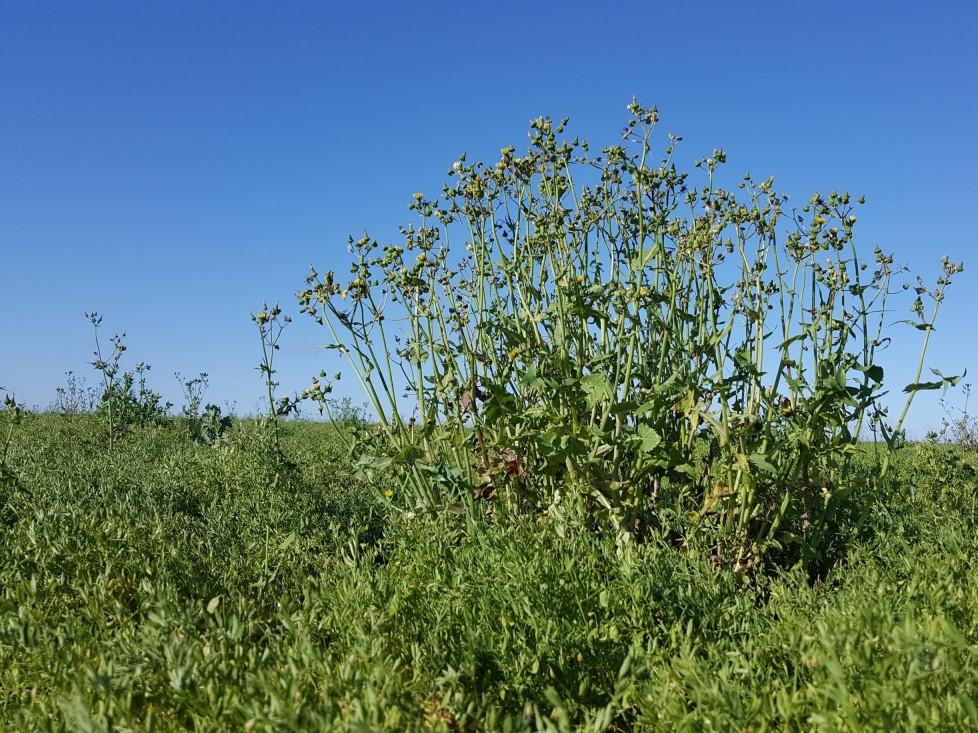
As reliance on pre-emergent herbicides for both broadleaf and grass species is increasing, it is prudent to understand the dynamics of weed-herbicide interactions in the field. We aim to gain an understanding of the evolution of resistance to important pre-emergent herbicides by summer weeds. This will enable us to predict and consequently mitigate any future resistance that may develop by implementing appropriate herbicide application strategies. To this end we will study populations of summer weeds by treating them with pre-emergent herbicides and track any shifts in herbicide response over generations.
Initial findings into the underlying mechanisms of 2,4-D resistance in Indian hedge mustard, wild radish and sow thistle populations, from Australian broad-acre cropping systems, indicate target-site mutations in genes involved in the AUX/IAA pathway. We will fully sequence these gene candidates and have them expressed in Arabidopsis to confirm that the mutations do, in fact, cause 2,4-D resistance and resistance to perhaps other group I/4 herbicides.
Weed species in focus
- Awnless barnyard grass
- Feathertop Rhodes grass
- Indian hedge mustard
- Sow thistle
- Flaxleaf fleabane
Herbicides in focus
- Grass weeds: S-metolachlor (Group K/15) and saflufenacil + trifludimoxazin (Group G/14)
- Broad leaf weeds: saflufenacil + trifludimoxazin (Group G/14) and mesotrione (Group H/27)
Researchers
Key collaborator
-
University of Western Australia / Australian Herbicide Resistance Initiative
Funding: Grains Research & Development Corporation (GRDC)
-
Incidence of herbicide resistance in key weeds in 2020
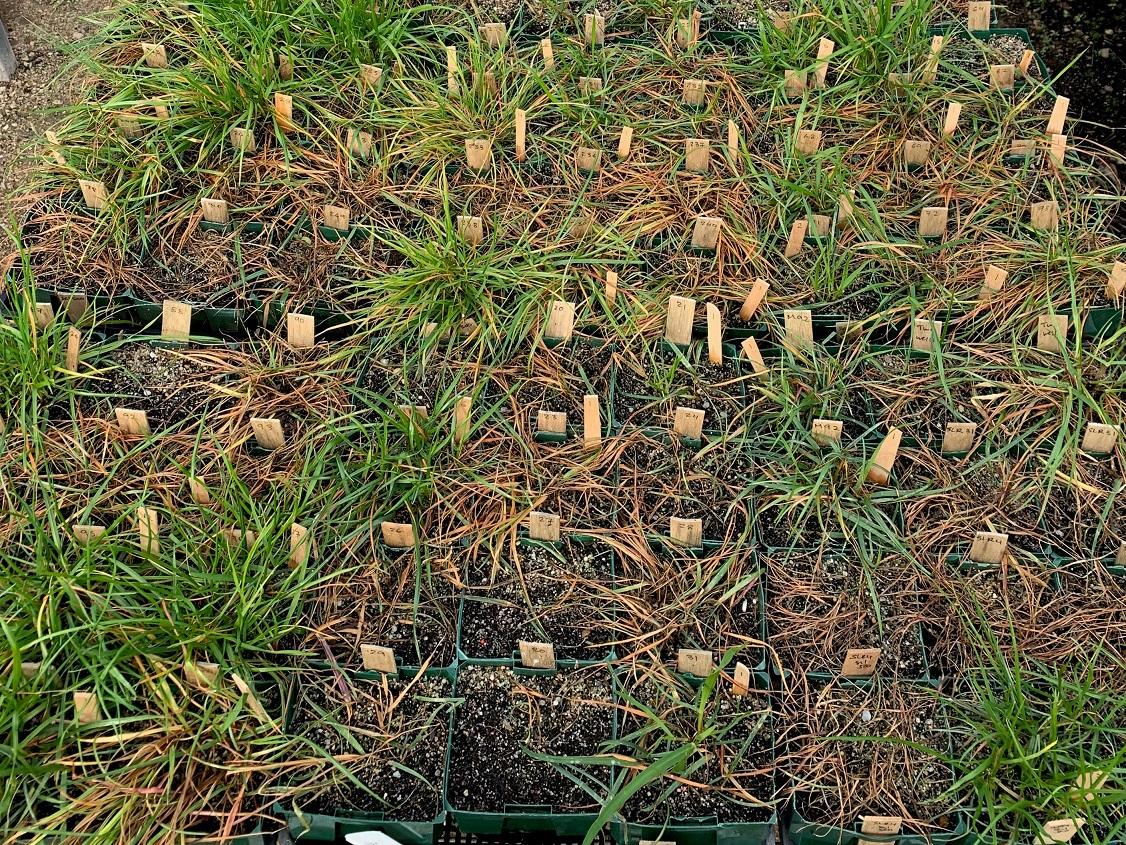
Since the 1990’s, random weed surveys (GRDC funded) in Australian cropping zones were periodically conducted by individual university groups in South Australia (SA), Western Australia (WA), and New South Wales (NSW), at various intervals. In our current collaborative project, the entire southern Australian broadacre cropping zone was surveyed for weed seeds in a single year. From this, we aim to identify the incidence of herbicide resistance in key weeds of cropping across SA, WA, Vic, Tas and NSW in 2020.
Surveying weed prevalence and herbicide resistance provides data to develop guidelines for sustainable herbicide use and effective integrated weed management tactics.
Project Goals
- Survey the entire southern Australian broadacre cropping zone in 2020: weed seed collection.
- Determine the location, frequency, extent and trends of herbicide resistance: herbicide resistance testing.
- Communicate findings to the Australian broadacre farming community.
Herbicide groups and weed species in focus
- Ryegrass: Groups A, B, D, J, K and M
- Indian hedge mustard: Groups B, C, F and I
- Brome and Barley grass: Groups A , B and M
- Sowthistle: Groups B, I and M
- Wild radish: Groups B, C, F, I and M
- Wild oats: Groups A and B
To ensure accurate comparison of resistance status, individual species collected will all be tested at one location. At the University of Adelaide we are testing Ryegrass and Indian hedge mustard species. The University of WA will test wild radish, brome and barley grass, whilst NSW collaborators will focus on sowthistle and wild oats.
Researchers
Key collaborators
- Charles Sturt University (NSW)
- University of Western Australia / Australian Herbicide Resistance Initiative
Funding: Grains Research & Development Corporation (GRDC)

